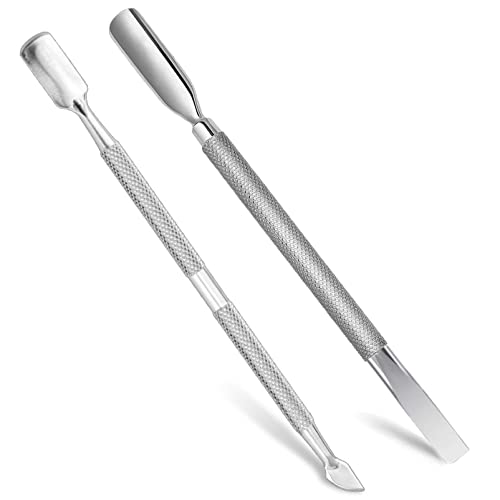The Importance of Cuticle Pushers in Nail Care
If you’re a frequent visitor to nail salons, you’re probably familiar with cuticle pushers. These small, but important tools are used to push back the thin layer of skin at the base of your nails, allowing for a clean and polished look. However, not all cuticle pushers are created equal, and choosing the right material is key to achieving the best results.
The Top Material Choices for Cuticle Pushers
The most common materials used for cuticle pushers are metal and wood. Metal is both durable and easy to sanitize, which makes it a popular option for salons. However, for those with sensitive skin, metal can be too harsh and cause discomfort. Wood pushers are a gentler option, but they can be harder to sanitize and may not last as long.
The Benefits of Using a Glass Cuticle Pusher
If you’re looking for a more gentle and effective option, a glass cuticle pusher may be the best choice. Glass is non-porous, which means it won’t absorb bacteria or other harmful substances. Plus, it’s easy to sanitize and can be used on even the most sensitive skin. Glass pushers also have a smooth surface, which allows for a precise and comfortable push back of the cuticles.
The Drawbacks of Plastic Cuticle Pushers
Although plastic cuticle pushers are widely available and affordable, they are not the best option for achieving salon-quality results. Plastic pushers tend to be too flexible, which can make it difficult to accurately push back the cuticles. They also tend to wear down quickly, which means you’ll need to replace them more often than other materials.
Maintaining Your Cuticle Pusher
Regardless of the material you choose, it’s important to properly care for your cuticle pusher to prevent the spread of bacteria and prolong its lifespan. Always sanitize your pusher before and after each use with rubbing alcohol or an antibacterial spray. If you’re using a metal or glass pusher, avoid exposing it to extreme heat, as this can cause the material to warp or crack.






